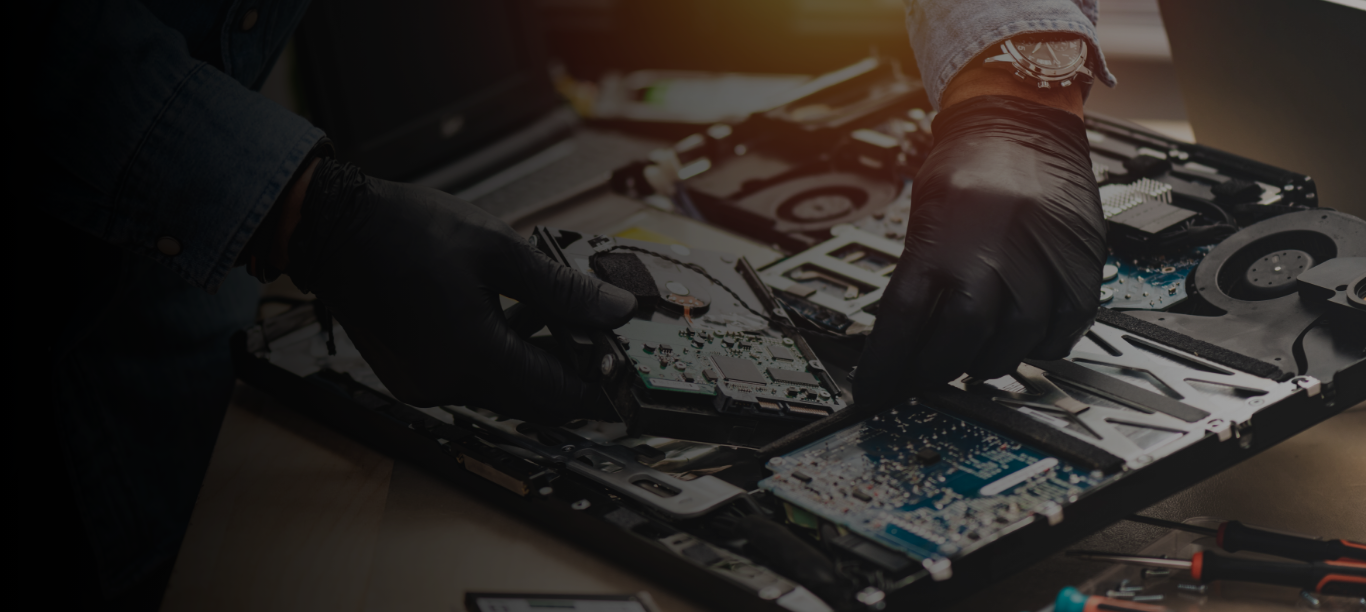What to Do with Withdrawn, Expired, Defective, Damaged, or Contaminated Goods?
We present methods for destroying such products and evaluate their effectiveness and environmental impact.
Which Products and Goods Undergo These Processes?
Many manufacturing and industrial companies, as well as shops and wholesalers, have products or goods that are defective, substandard, expired, contaminated (e.g., due to fire), or confiscated by customs authorities at the border. It can also include items withdrawn from the market or no longer complying with Polish legal standards. In all these situations, you need to consider what to do with such products and goods, especially when there are a lot of them occupying unnecessary space in the warehouse, which generates additional costs for the company. There are several methods and techniques for destroying products and goods. Which one to choose?
Mechanical Destruction of Products and Goods
A popular method for destroying substandard, damaged, withdrawn, or expired products and goods is the mechanical method. It involves the use of appropriate equipment that mechanically destroys these types of waste. An example of such equipment is a shredding machine. The advantage of this method is the ability to transfer damaged and shredded waste for processing or disposal. If it is possible to recover secondary materials from the waste, they are sent to the appropriate place. In the case of waste from which no materials can be recovered, they are sent for thermal transformation.
Thermal Transformation of Waste
These processes occur in waste incineration plants, which often also function as power plants or combined heat and power plants, as a significant amount of electrical or thermal energy is generated during the incineration process. The thermal transformation of waste produces "by-products" such as slag, ash, dust, and other residues, which can constitute up to 25% of the volume of waste subjected to thermal transformation. The use of waste incineration plants is controversial, as there are other, more environmentally friendly, ethical, and cost-effective methods for transforming or destroying waste. These include recycling and composting, among others. Incineration plants emit pollutants into the air, even though there are increasingly more exhaust gas purification systems. However, they have not completely eliminated this problem, and emissions continue to occur.
Other Methods of Waste Transformation
Apart from mechanical destruction and incineration, there are other methods of waste transformation, including:
- Segregation - this method is fundamental to the neutralization and neutralization of waste. By dividing waste into individual materials, such as glass or paper, it is easier to recover materials that can be reused in the production of new materials.
- Composting - this method is considered a natural way to neutralize waste. One of its significant advantages is reducing the volume of stored waste by 30 to 50%, as well as the possibility of using the compost obtained in agriculture or horticulture. You can put cereal straw, leaves, vegetable kitchen waste, vegetable clippings, coffee and tea grounds, and eggshells in the compost pile.
Waste that can go into the compost pile is a highly limited group of biodegradable waste only. Segregation, which has been in effect since 2020, is based on the division into 5 fractions: paper, glass, metals and plastics, organic waste, and mixed waste. In addition to the above-described methods of waste disposal, there is one more method - landfilling. Waste landfills are divided into 3 types: hazardous waste, neutral waste, and municipal waste. It is worth noting that only waste from which waste suitable for reprocessing has been recovered should go to the landfill.






